Theodore Kefalopoulos is a fine art landscape photographer based in Alexandria, Greece. He’s developed his own unique style, and uses Exposure to help realize his vision. We connected with him to discuss how and why he uses Exposure as the central creative app in his post processing workflow. From start to finish, he creates his photos with artistic intent, which he explains in the article below.
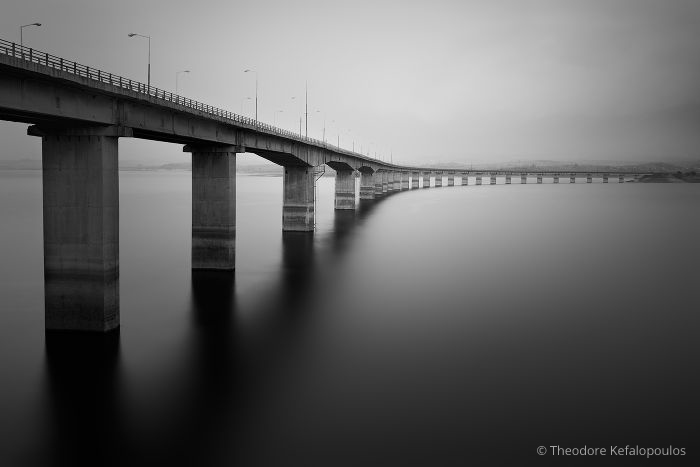
Why depart from the traditional method for landscape photography?
I take photos for the art of it rather than for documentation. In my case, a scene, even an ordinary one needs to be captured in an inspiring or provocative way. I develop a personal connection with the scenes I shoot, which is something that you don’t see with typical destination landscape photographs.
I don’t have much interest in traditional landscape photography because of that lack of artistic intimacy with the scene. I don’t want to make something that I have already seen; I’m after making images that are fundamentally different. Classic landscape shots are beautiful, but the style doesn’t connect with me completely. So I do things differently. I combine long exposure, or intentional camera movement with cinematic composition and framing. Sometimes, I shoot with unconventional lenses, such as Lensbaby optics, or I will use other tools and means to turn a plain landscape into a personal narrative.
My unique vision cannot be turned to a complete image without the right processing tools after the shot. I find Exposure to be an expression tool and since using the app I’ve turned almost completely to B&W artworks. I feel more confident about this type of artwork as the editing options are numerous and well thought out.
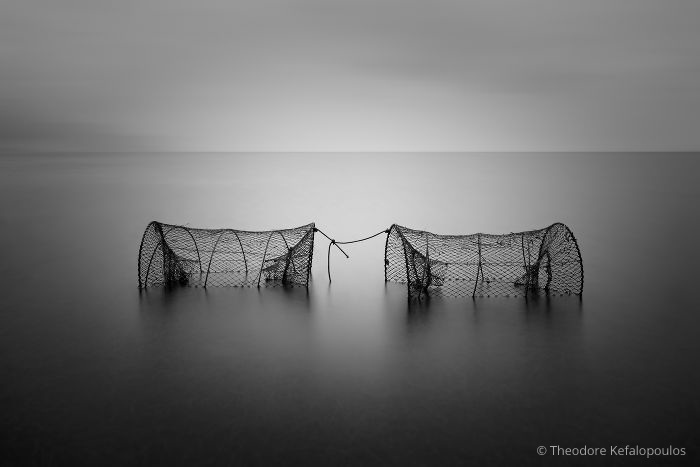
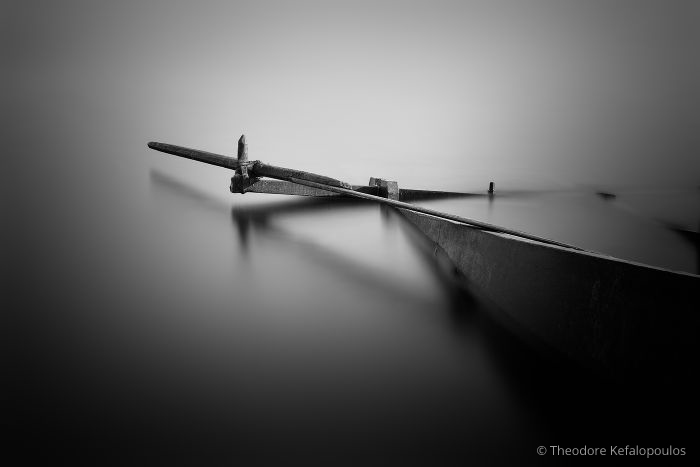
Where does Exposure fit into your editing workflow?
It’s the main image processing application that I use. I use Photoshop for basic corrections and image adjustments but Exposure is what I use for all the creative work. I’ve used other B&W conversion software but Exposure gives my photos mystery and mood that I can’t get anywhere else.
In addition, it has a very intuitive workflow. There are lots of editing options and I’m always confident about the outcome. What I find especially well implemented in this app is the creative use of vignettes, selective color editing adjustments, overlays, editing brushes, and high quality tone curve control.
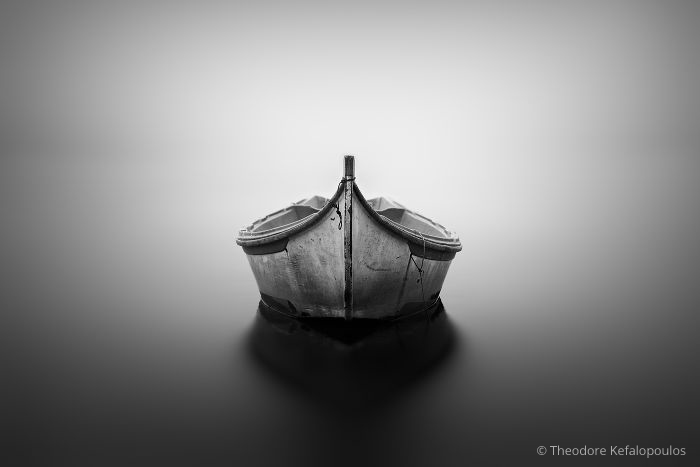
Exposure’s award-winning bokeh tool creates a blended tilt-shift effect on the water in the foreground.
How do Exposure’s creative elements enhance your photos?
My intention for photography is to create images with a sense of isolationism and recollection that evokes feelings or emotions often linked to the past.
However, there is room in my workflow for adding creative effects. They’re used sparingly, only to enhance the photo and not to manipulate it. I will use subtle overlays, bokeh, a vignette, or some of Exposure’s accurate film grain.
Exposure gives me very interesting creative options that are difficult to create in other applications. For example, when adding strong amounts of planar bokeh, I also add grain to remove any banding induced by the process and to make the blurring effects more realistic. The process of adding grain to deal with banding issues works better in Exposure than all the other software I have used for a similar treatment.
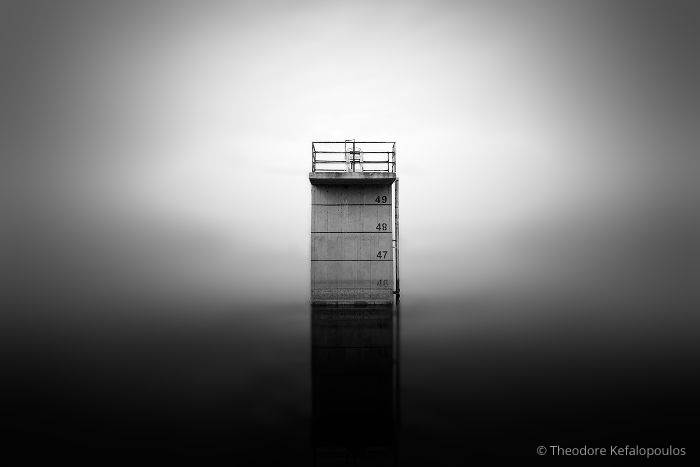
Exposure’s vignetting tools help draw the viewer’s attention to the subject of an image.
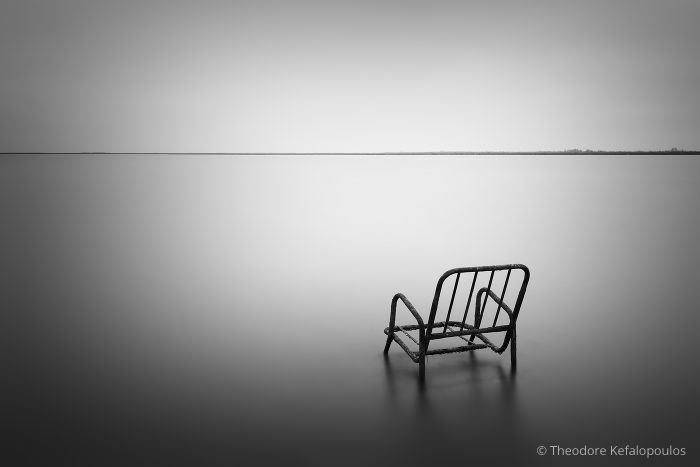
How do you use Exposure’s B&W presets during editing?
Exposure’s presets are my starting point. I use them to get a basic idea of where to take an image with editing. I then always customize the effects until I find the perfect look I want for the photo. The B&W presets in the Bokeh and B&W – Vintage categories are where I look most often. I like how those presets alter the color sensitivity, which controls the tonal conversion from color. This makes for dramatic tonal changes in B&W processing. Some of the presets I use also contain overlays.
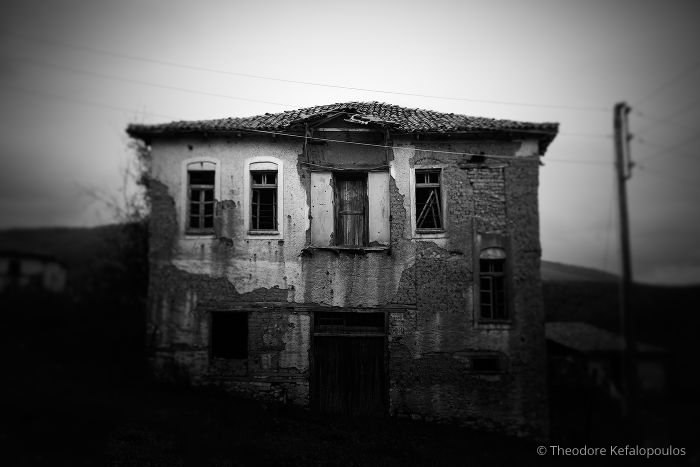
Custom B&W presets help to convey a sense of isolation in these photos of ruins.
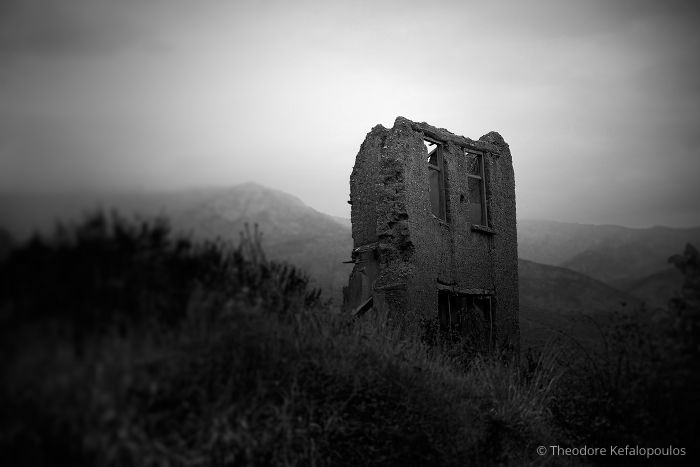
Color toning alone doesn’t do the whole job of converting a color photo into a finished B&W piece. There are many layers of effects needed in order to do it justice. I can easily add selective edits using Exposure’s brushes and layers, or I can add other dramatic creative options such as bokeh, a vignette, or film grain.
How do Exposure’s creative tools and intuitive workflow keep you in the editing zone?
Exposure is straightforward and simple to understand. I can do things in Exposure that are difficult or impossible to reproduce with other software. It’s simple to make an image look like a vintage photo taken 100 years ago and have it be believable. For my work, which uses the historic connection to produce emotion, Exposure provides everything I need in creative options.
–
Thanks for sharing, Theodore. To see more of his work visit his website or Facebook.
Try Exposure Today


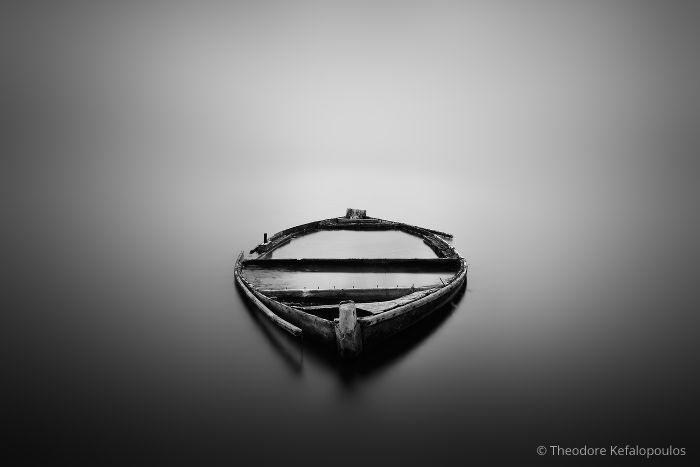












Awesome article and work. I love this software. My work has gone to a whole new level.
Thanks, Wil!
An extremely interesting article. I have grown to love and really appreciate Exposure and I have noticed in recent months it has become the mainstay in my photographic voyages. It is thoroughly reliable and accurate in use.
Very interesting. I’d love to see a webinar where we get to see step-by-step his application of this plug-in
Thanks for the suggestion, Rich. That’s a good idea.
Can we please have a tutorial on achieving the look of the rowboat on the lake please?
Good thinking. We are always working on new tutorials. Is there a specific part of the effect that you’re interested in, such as the creative blurring, or the vignette?
I would love to see a tutorial on how to achieve the vignette.Thanks
Thanks for the comment, Jan. I’ll add it to our list of video tutorials to make.
Ah, so nice to hear, my sentiments exactly and will be once again espousing to the series of seminars this year, on vision before shooting, brain before brawn, creation not snapshot. Thank you for adding to the mantra. Exposure is so nice and intuitive to use, it’s out of this world.
Thanks for commenting, Adrian!